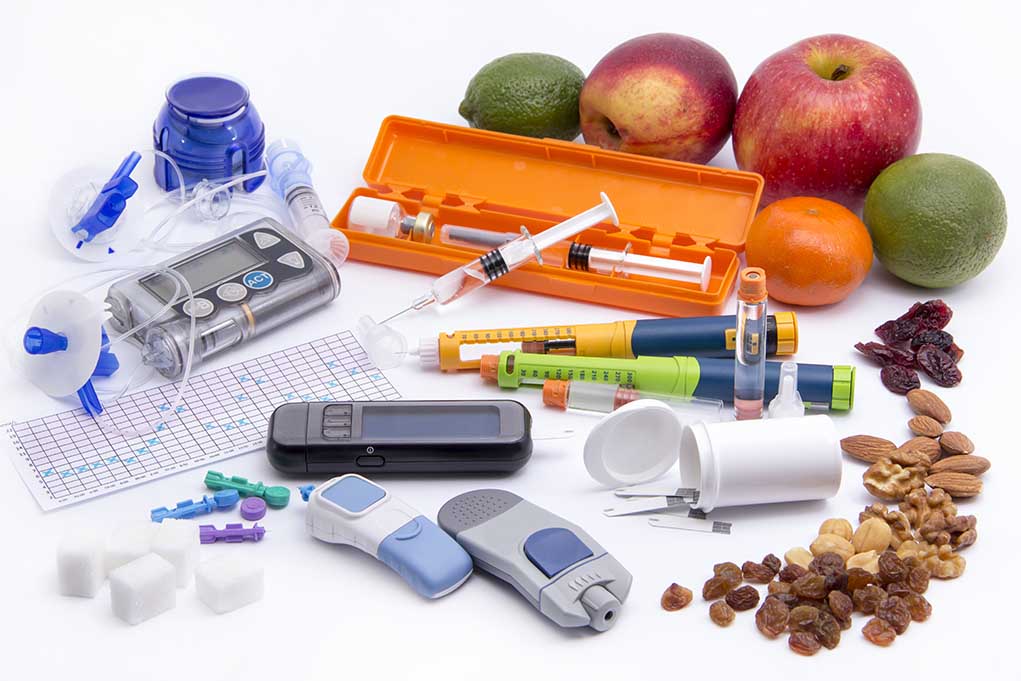
Potato lovers beware: a newly banned chemical in the EU has landed this kitchen staple on 2025’s “Dirty Dozen” list as agricultural chemicals applied just before market are contaminating your family’s dinner table.
Key Takeaways
- The Environmental Working Group’s 2025 “Dirty Dozen” report reveals strawberries, spinach, and kale remain the most pesticide-contaminated produce, with blackberries and potatoes now joining the list.
- Pesticides persist even after washing and peeling, as confirmed by USDA testing that mimics consumer preparation methods before analysis.
- Children face heightened risks from pesticide exposure, including developmental delays, hormone disruption, behavioral issues, and potential cancer risks.
- The “Clean Fifteen” list identifies safer options including pineapples, sweet corn, avocados, and onions with minimal pesticide residues.
- Switching to organic produce can significantly reduce pesticide levels in the body, as demonstrated by multiple peer-reviewed studies.
America’s Most Contaminated Produce Revealed
The Environmental Working Group has released its 2025 “Dirty Dozen” report, exposing the fruits and vegetables with the highest pesticide contamination levels. Strawberries, spinach, and kale continue to top the list of produce items most heavily treated with agricultural chemicals. Blackberries and potatoes have been newly added due to concerning levels of pesticides, including chemicals that European regulators have deemed too dangerous for food production. The complete 2025 list includes strawberries, spinach, kale, collard & mustard greens, grapes, peaches, pears, nectarines, apples, bell & hot peppers, cherries, blueberries, and green beans.
More than 90% of samples from these twelve produce items tested positive for potentially harmful pesticide residues, with many containing multiple different chemical compounds. Testing revealed over 50 different pesticides on several crops in the “Dirty Dozen,” with measurements tracking detection frequency, concentration levels, and toxicity profiles. Of particular concern is that these results came after the produce was washed and, when applicable, peeled – mimicking how consumers would prepare these items at home.
Potatoes’ Alarming Chemical Treatment
Potatoes have emerged as a significant concern in this year’s report, with researchers finding troubling levels of chemicals applied during storage and transportation. “It’s applied after harvest to essentially prevent potatoes from sprouting while they’re in storage or in transit,” said Alexis Temkin, from the Environmental Working Group.
“Because it’s applied so late after harvest and so close to when consumers might be exposed or eating potatoes, that’s partially what leads to some of these really high concentrations,” stated Alexis Temkin.
The timing of these chemical applications means consumers have little chance to avoid exposure, as the substances penetrate the vegetable’s flesh. This is particularly concerning for families with young children, as developing bodies are more vulnerable to pesticide effects. Research has linked pesticide exposure to developmental delays, hormone disruption, behavioral problems, DNA damage, and even certain types of cancer – risks that begin before birth for children exposed in the womb.
Safer Options for American Families
While the “Dirty Dozen” list raises concerns, the Environmental Working Group also published their “Clean Fifteen” – produced with minimal pesticide contamination. This year’s cleanest options include pineapples, sweet corn, avocados, papaya, onions, frozen sweet peas, asparagus, honeydew melon, kiwi, cabbage, mushrooms, mangoes, sweet potatoes, watermelon, and carrots. These items provide safer alternatives for budget-conscious families who can’t afford to purchase everything organic.
“EWG’s Shopper’s Guide is a tool to inform consumers and help them with their produce shopping choices, with the goal of everyone eating more fruits and vegetables,” said Alexis Temkin.
For families looking to reduce pesticide exposure, several practical approaches can help. Rinsing produce under warm running water can remove some surface contaminants. A solution of apple cider vinegar in water provides an additional cleaning boost. For firm produce, scrubbing with a vegetable brush can help remove residues. However, the most effective approach appears to be choosing organic versions of the most contaminated items.
“One of the things that a lot of peer-reviewed studies have shown over and over again (is) that when people switch to an organic diet from a conventional diet, you can really see measurable levels in the reduction of pesticide levels in the urine,” said Temkin.
Industry Pushback Against Findings
Not everyone agrees with the Environmental Working Group’s assessment. The Alliance for Food and Farming has criticized the report, suggesting it may discourage Americans from consuming healthy produce. “We strongly support consumer choice when shopping for fruits and vegetables. But this choice should not be influenced by this list,” said Teresa Thorne, the alliance’s executive director, said in an email.
“Instead, consumers should be reassured by decades of toxicology studies, government data and nutrition research which underscores the importance of a diet rich in fruits and vegetables on health and the safety of both organic and conventionally grown produce,” said Thorne.
Despite industry objections, the evidence of pesticide accumulation in human bodies presents serious concerns for American families. Farmworkers face the highest exposure risks, with studies showing significant DNA damage and impaired neurodevelopment in children exposed to agricultural chemicals. The health implications extend beyond those directly working with these substances, affecting everyone who consumes treated produce. With mounting evidence of harm, especially to children, these annual reports provide valuable information for consumers seeking to make informed choices at the grocery store.

















